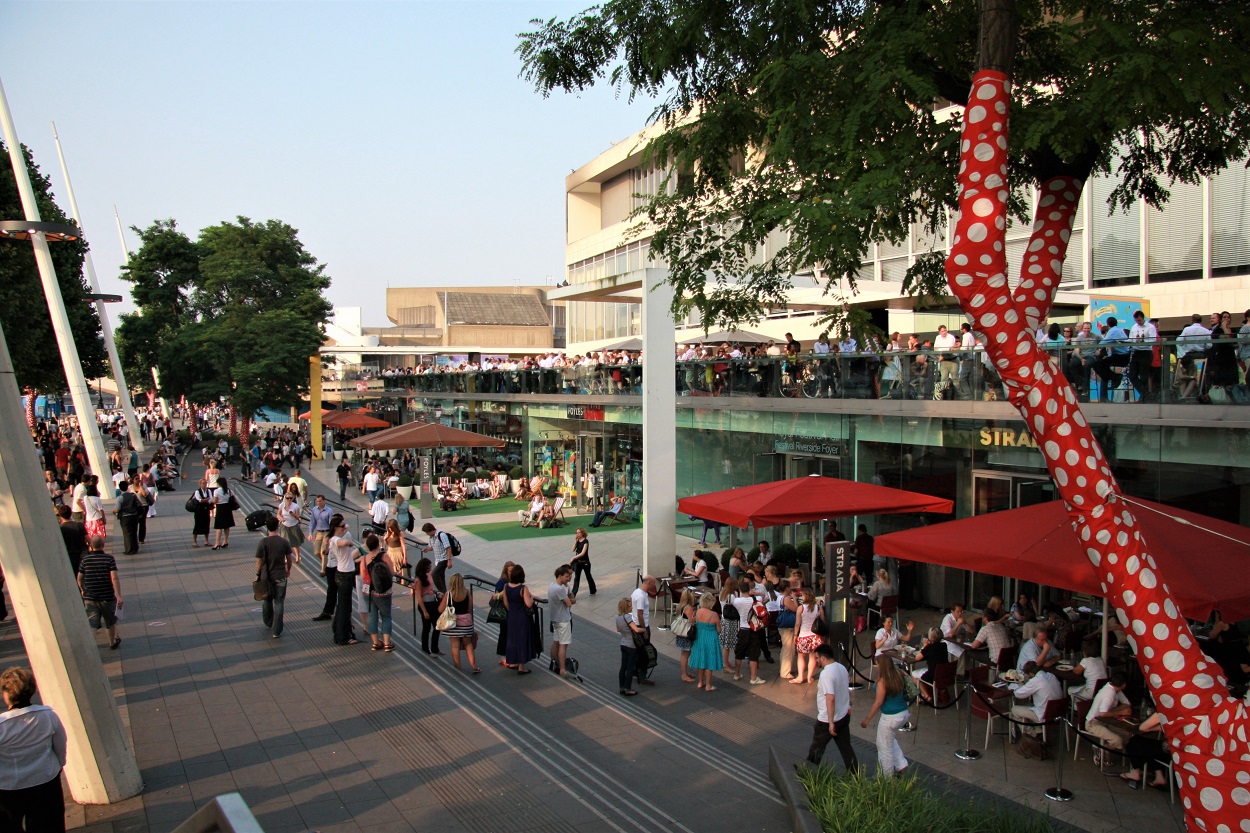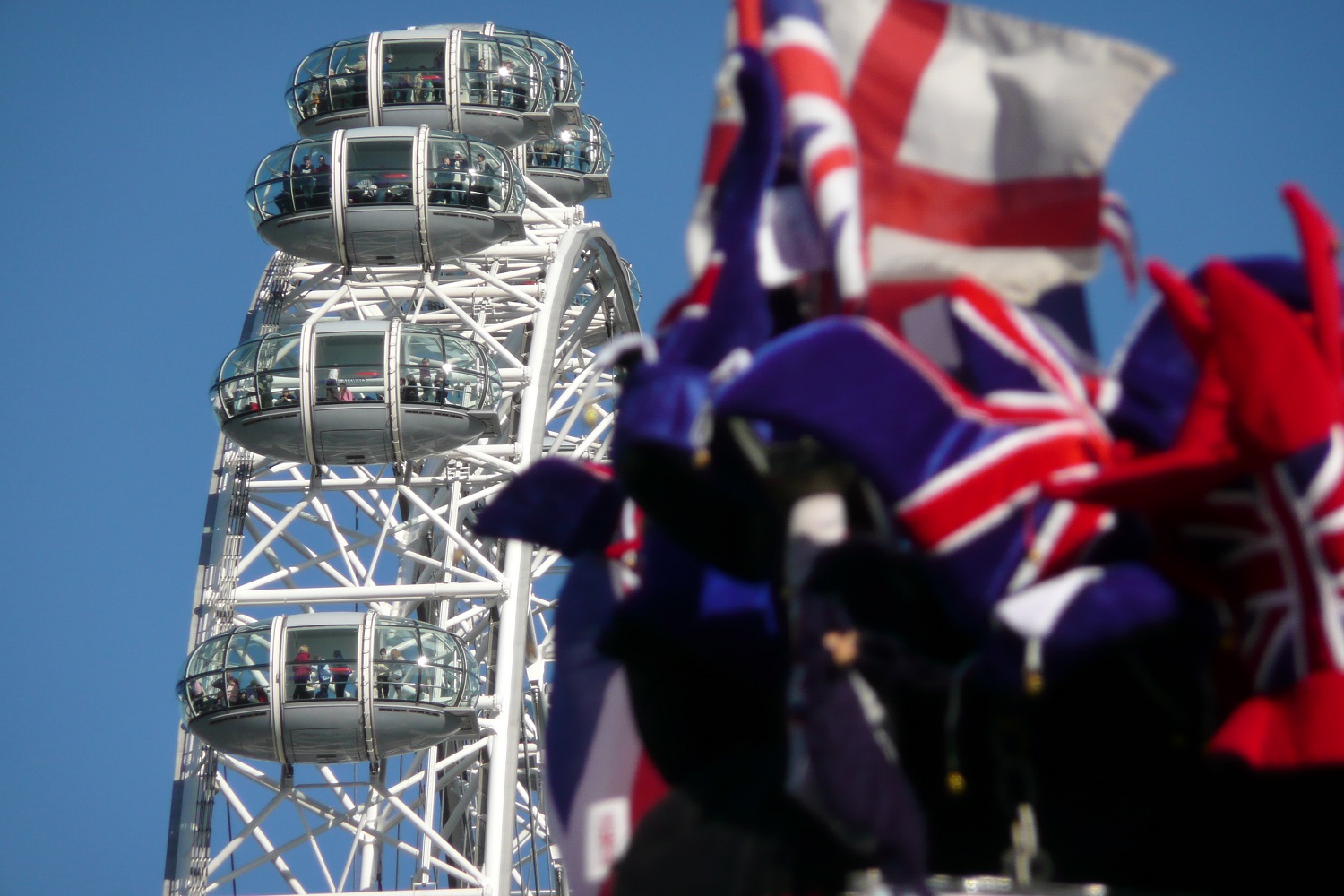 Southbank Centre
Southbank Centre
The Southbank Centre is one of the world’s most famous art venues and at the centre of London's cultural life. The 5 iconic venues which make up the UK's largest arts centre are host to classical, pop, jazz, and modern music, poetry, literature, and the visual arts.With multiple eating and drinking facilities, riverside views and 100's of free events each year the Southbank Centre is one of London's top visitor attractions and popular meeting place.
Royal Festival Hall with shops, restaurants and terrace bar overlooking the river Thames.
The Royal Festival Hall
The Royal Festival Hall was built as part of the Festival of Britain celebration in 1951. The 2,900 seat concert hall holds a wide range of performances including music concerts, dance and talks.This modernist Grade 1 listed building was designed to be a 'visual representation of sound in an abstract form'. The interior has wide staircases and views of London from every level. For both visitors and locals the foyers are a popular meeting place with free lunch time music in the Central Bar on Fridays and Sundays and fantastic Thames views from the terraces’ bars and restaurants.
Hayward Gallery, Southbank Centre. Modern and contemporary art.
Hayward Gallery
The Hayward Gallery, opened by the Queen in 1968, holds serveral major modern and contemporary art exhibitions each year. The controversial building which, has been listed for protection by the World Heritage Fund, is a fine example of brutalist architecture in exposed concrete.With five gallery spaces, two indoor levels and three outdoor sculpture courts, it provides an interesting space for a wide ranging selection of temporary art exhibitions. Works by Leaonardo da Vinci to Anthony Gormley, whose figures were displayed on the outside terraces and tops of surrounding buildings. The Hayward Gallery also manages the Arts Council Collection, the worlds largest national loan collection of modern and contemporary British art.
The brutalist architecture of the Queen Elizabeth Hall in exposed concrete.
Queen Elizabeth Hall
and Purcell Room
In the same building as the Hayward Gallery, these concert halls hold daily music and dance performances. The 920 seat Queen Elizabeth Hall, opened in 1967 by Her Majesty, was designed to maximise its interior space and holds major world-class orchestral, choral, and operatic concerts throughout the year.The more intimate 295 seat Purcell Room is a venue suited to chamber music, quartets and spoken word events; literature, mime, solo recitals, talks and debates. Performances from new and emerging talent through to global stars David Bowie and Marianne Faithfull have used the Purcell Rooms to showcase their talent.
Outdoor sculpture from a visiting exhibition.
National Poetry Library
On level 5 of the Royal Festival Hall is the Saison Poetry Library. It has made the English Arts Council's collection of modern poetry accessible to the public. It includes works since 1914 from Britain, Ireland and other English speaking countries from around the world.Poetry in translation, poetry written by and for children, rap and visual (concrete) poetry, where the visual elements are as important as the text. Membership is free and there are many readings and related events.
Visitor Infomation
The Southbank Centre complex, restaurants, bars and street food markets on the Queen's Walk are open all year round. See below for specific venues.Further information:
Royal Festival Hall
Hayward Gallery
Purcell Room
Southbank Centre

